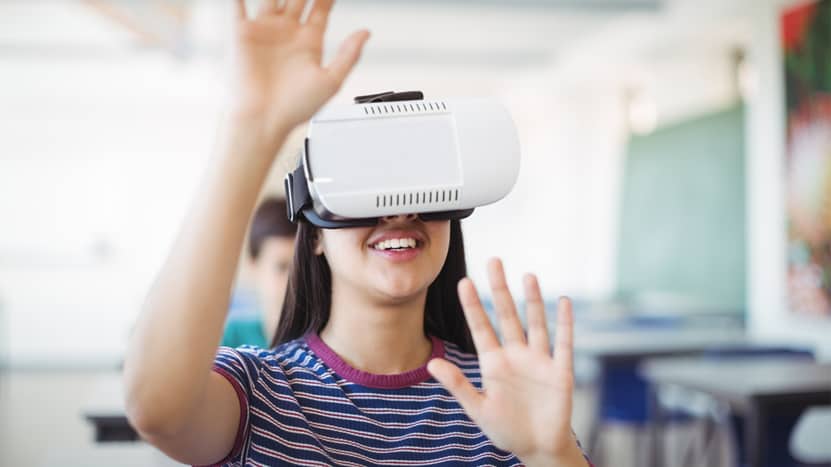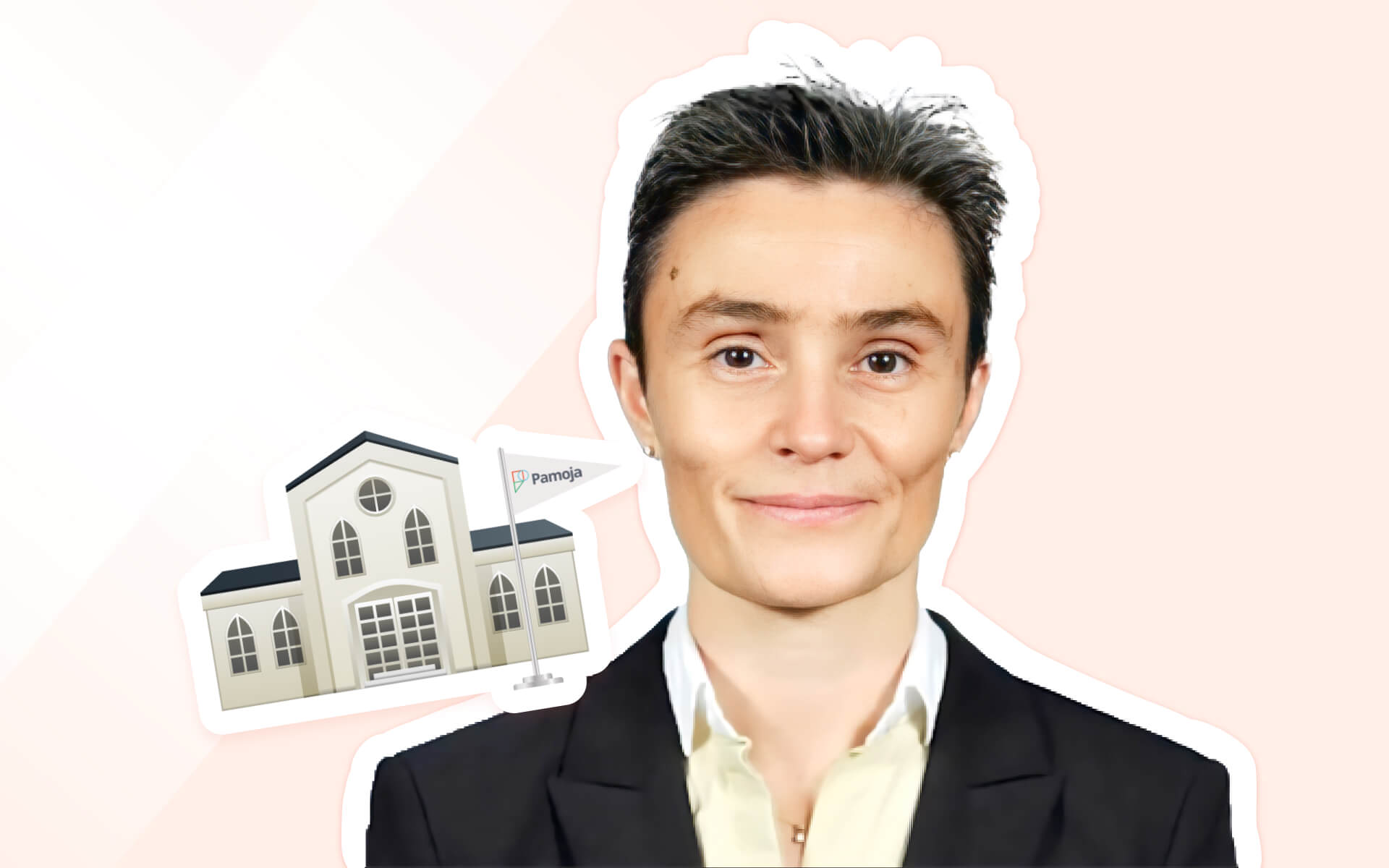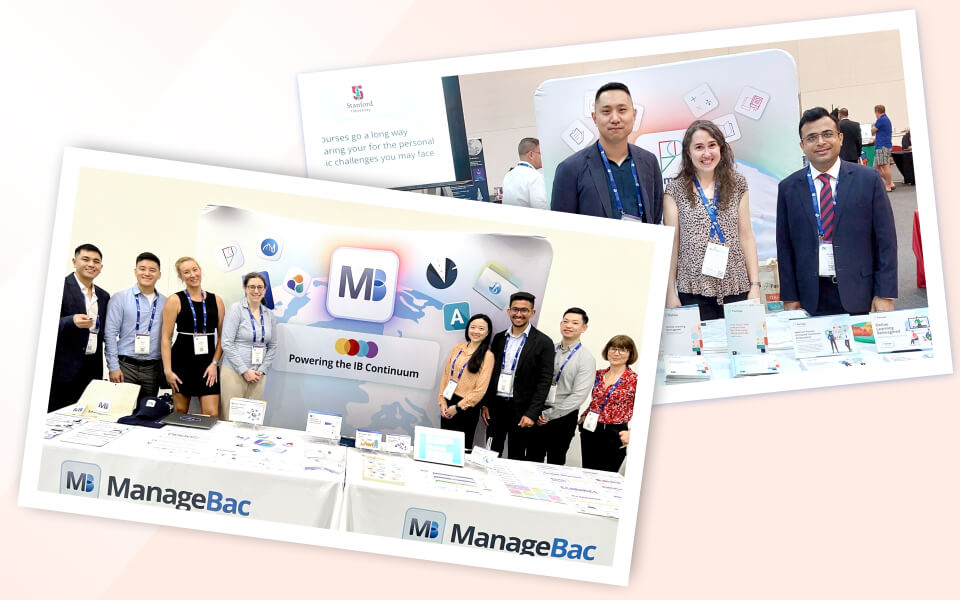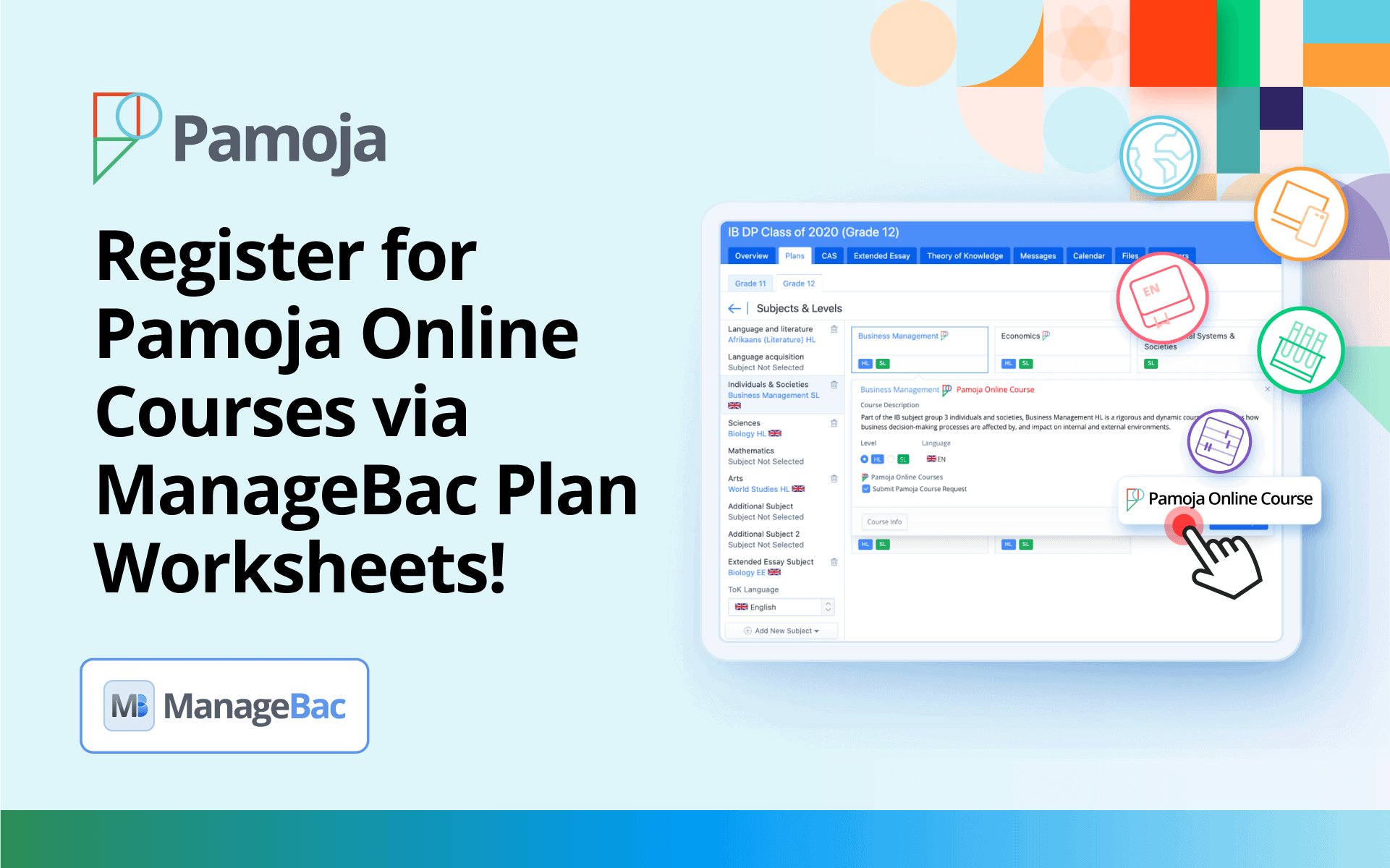A recent BBC programme called Secrets of Silicon Valley inspired me to reflect on the use of technology in classrooms.
The episode called Disruptors asked questions about the future of our society, calling for opinions from some of the world’s greatest technology influencers. Needless to say, they were divided. Some raised concerns over a dystopian future, where technology takes over, emphasizing the need to apply more control. Others focused on the opportunities presented by technology, to use it to benefit development, aspiring to a utopian future.
Technology in the classroom
As Global Vice Principal of Pamoja, an education technology company, I witness progress made daily. Cloud computing and digital libraries alone make such a difference to the student and teacher experience. Just as, in my early years as a student and teacher, we started with chalk before we moved to overhead projectors, cassette players, VHS recorders cameras and slide projectors. At the time we embraced the new technology available to us and used it to enhance learning; is it so different from today?
A course delivered fully online could remove a lot of non-verbal cues to enforce or play down a message, intentionally or unintentionally. For example, a simple lesson written down with associated activities, can be very productive and efficient, but has no soul, passion or personality of the teacher. However, a video of me talking would show emphasis of words, ideas, passion for the subject.
The way forward
How about we do both? Write the lesson, set the activities and record a video of important information, using multimedia instead of fixed media. Immediate access to information. Students could watch the video on the bus, read the text when at a desk or under a tree, and then complete the tasks in their own way.
It can be quite daunting when you hear the stories about the growth of technology in education. Did you know cameras are being used to analyse students’ movements and engagement or mood through facial recognition and analytical algorithms, aiming to predict need and desire? They also improve security and engagement, provide new insights into how each individual learns, and bring the old industrial term “Time and Motion study” back into play in the most unusual and unexpected way.
This technology offers great opportunities for teachers, making their role more interactive and immersive; imagine studying Medieval England and being able to walk down a street in rural England or enter the Coliseum in Rome using Virtual Reality headsets, for example. Users will need to be up-skilled but using technology in the classroom will allow teachers to experiment in pedagogy and better engage students.
We need practitioners to continue working together to keep teaching and learning relevant. Technology stimulates new experiences, enthuses both students and teachers, and most of all, creates new ways of learning and collaborating. A classroom utopia. I’m in, are you?
Sign up to our monthly newsletter to keep up to date with all the latest Pamoja news.





